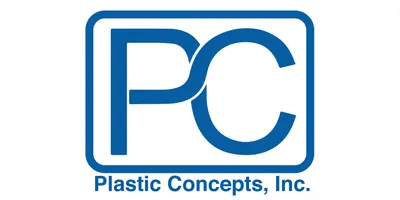How It Works

Problem: Users in EM facilities with several current generation tools including FE SEM and dual beam FIB/SEM will, despite taking precautions to insert only clean specimens, sometimes get contamination introduced into their microscopes. This manifests itself as a dark rectangle on areas which have been exposed to the incident beam. How can this be prevented? Can it be removed from the previously exposed samples?

Problem: The University of Rochester was looking to rebrand itself and increase student enrollment, particularly in the Science and Engineering Department. The university’s president understood that in order to achieve this goal, they needed to improve the school’s attractiveness to undergraduate science majors. Although the university had been gaining well-deserved respect for their graduates, the lack of innovative and updated lab facilities was a serious factor in hindering undergraduate enrollment. The current chemistry lab had been regularly upgrading its equipment, but it failed to update the physical workspace. Long counters filled small rooms with drab-colored walls. The design was functional but it was far from a state-of the-art laboratory.

Problem: In today’s laboratories, safe, efficient sample processing is essential to getting research answers faster. The centrifuge is a staple of these laboratories and critical to this sample processing. Often a shared resource in busy research facilities, the lab centrifuge can be a revolving door of multiple users with varying levels of experience and a range of applications, all requiring a variety of rotors. Yet, the centrifuge is technically complex and can be the source of lab mishaps if used improperly. These everyday challenges can keep lab managers up at night: Are all researchers trained on centrifuge use? Are they using the right rotors for their applications and is the centrifuge programmed with the correct application parameters? Are they ensuring the rotors are properly and safely secured in the centrifuge chamber to avoid any potential rotor accidents?

The measurement of polydisperse nanoparticles in the region from 10 nm to 1000 nm in liquid is a challenge. Traditional light scattering methods such as dynamic light scattering (DLS), while being excellent for monodisperse samples, tend to skew results to larger sizes (and numbers).

pH, one of the most fundamental properties in all of nature, is measured in nearly every industry including general laboratory research, pharmaceuticals, food and beverage processing, environmental testing and agriculture. Despite the importance of measuring pH, traditional glass pH meters have long suffered from problems associated with calibration and maintenance.

A researcher or lab manager’s worst nightmare is to walk into their lab and find a freezer, refrigerator, or any temperature controlled storage unit that has failed overnight and ruined or jeopardized precious samples, specimens, tissues, or products—not to mention the loss of countless hours of research.

Counting the total number of live microorganisms (TVC/TVO) on a Petri dish is one of the main laboratory procedures. It has been used worldwide in microbiological, medical, food, biotechnological, and environmental laboratories ever since the Petri dish was invented more than 120 years ago.










